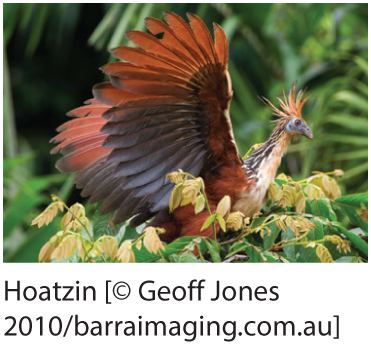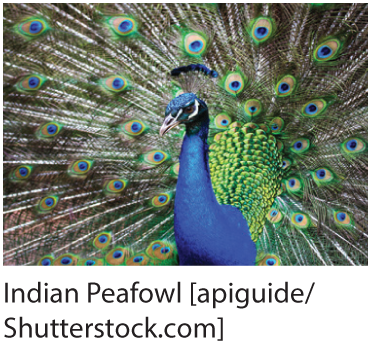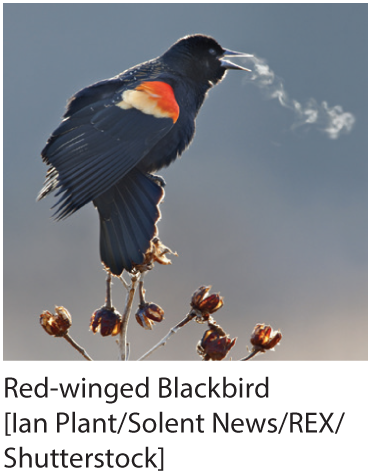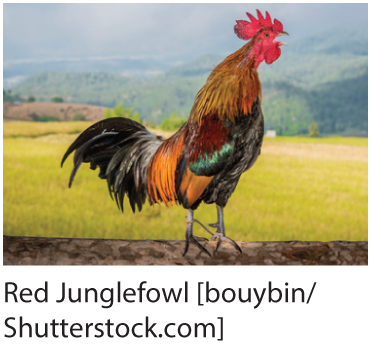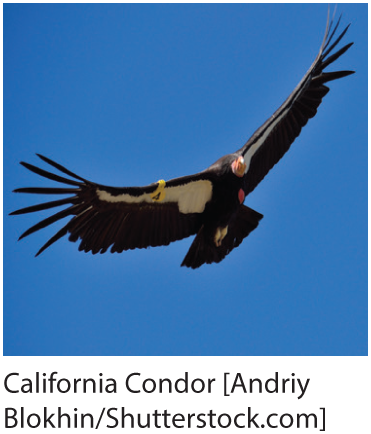Contents
Landmarks
List of Figure
List of Table
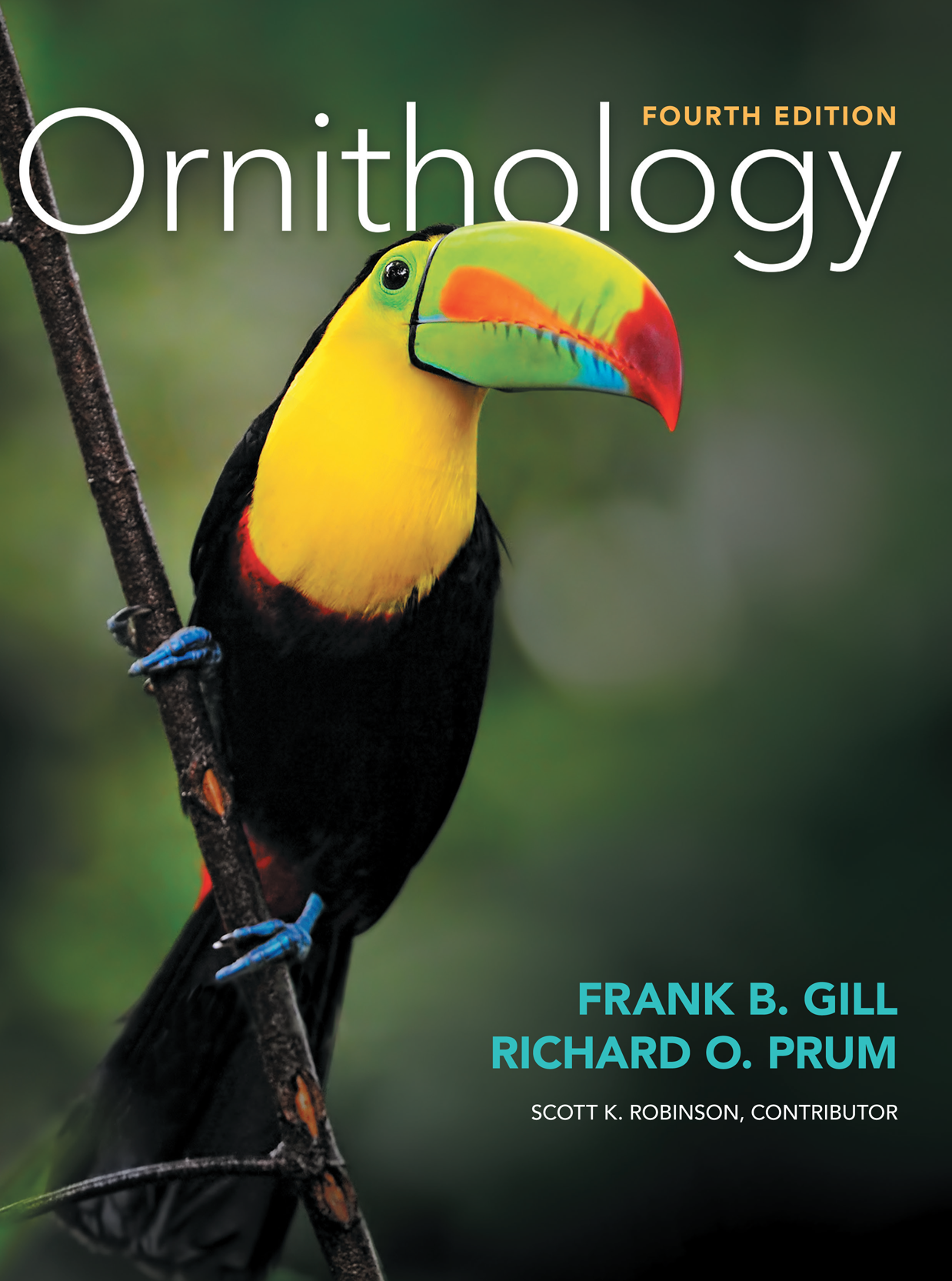
The front cover shows a Keel-billed Toucan. The text on the back cover reads,
ABOUT THE COVER
Keel-billed Toucans (Ramphastos sulphuratus) live in lowland tropical forests, riparian forests, and second-growth woodlands from southern Mexico to northern Colombia and northwestern Venezuela. Males and females have the same bright colors, which are produced by a mixture of pigmentary (black, yellow, and red) and structural (blue and green) coloration mechanisms. Keel-billed Toucans eat mostly fruits, but also prey on arthropods and small vertebrates, including the eggs and nestlings of other birds. They grasp food items in the tips of their long bills, toss them up with a quick flick of the head, and swallow them whole.
ISBN: 9781464184369
ORNITHOLOGY
FOURTH EDITION
- Frank B. Gill
- Academy of Natural Sciences of Drexel University
- Richard O. Prum
- Yale University
- With Contributions by
- Scott K. Robinson
- Florida Museum of Natural History

Vice President, STEM: Daryl Fox
Editorial Program Director: Andrew Dunaway
Executive Marketing Manager: Will Moore
Marketing Assistant: Madeleine Inskeep
Executive Developmental Editor: Katrina Mangold
Development Editor: Heather McCoy
Editorial Assistant: Justin Jones
Senior Media Project Manager: Chris Efstratiou
Director of Content Management Enhancement: Tracey Kuehn
Senior Managing Editor: Lisa Kinne
Senior Workflow Project Supervisor: Susan Wein
Senior Content Project Manager: Edward J. Dionne
Director of Design, Content Management: Diana Blume
Design Services Manager: Natasha A. S. Wolfe
Interior Designer: Marsha Cohen
Cover Design Manager: John Callahan
Art Manager: Matthew McAdams
Illustrations: Liz Bradford, Troutt Visual Services, and Mapping Specialists
Permissions Manager: Jennifer MacMillan
Photo Researcher: Richard Fox, Lumina Datamatics, Inc.
Production Supervisor: Lawrence Guerra
Composition: Lumina Datamatics, Inc.
Cover Image: Freder/Getty Images
Library of Congress Control Number: 2018963209
ISBN: 978-1-319-26686-8 (epub)
2019, 2007, 1995, 1990 by W. H. Freeman and Company
All rights reserved.
1 2 3 4 5 6 22 21 20 19 18
W. H. Freeman and Company
One New York Plaza
Suite 4500
New York, NY 10004-1562
www.macmillanlearning.com
Birds Featured as Part Openers:
Part I Origin and Diversity (]
Part II Form and Function (]
Part III Behavior (): Red-winged Blackbird [Ian Plant/Solent News/REX/Shutterstock]
Part IV Reproduction (]
Part V Ecology and Conservation (]
To the late Wesley Bud Lanyon, our beloved mentor and friend
BRIEF CONTENTS
CONTENTS
PREFACE
This fourth edition of Ornithology strives to capture the vital features of the biology of birds from a contemporary ornithological perspective. As in the preceding editions, we designed it primarily for undergraduate students, but we also have in mind bird enthusiasts young and old who simply want to know more about birds.
This edition, like the earlier ones, avoids theory for theorys sake. It stresses discovery rather than the mathematical models that may guide discovery. To make the book accessible to readers who are not specialists, we highlight technical terms when they are first used and list them at the end of that chapter. Additionally, the enhanced, comprehensive index refers the reader to the first use of a term and its definition.
The power of evolution by natural selection is a central theme of this book. The adaptations of birds ranging from morphology and physiology to migration and mating systems are testimony to the pervasive role of Darwinian evolution in action through the millennia. Evolution is responsible for the transformation of birds from a single dinosaurian ancestor to the great diversity of over 10,000 species with great variety of plumages, songs, ecologies, and intelligences.
Conservation is an increasingly strong theme of this textbook. Once a sideline of ornithology, conservation science is now a central focus of interest of students and faculties alike. As barometers of environmental quality and ecosystem health, birds engage scientists and the public in the stewardship of landscapes and waterscapes. Most chapters of this book include specific examples of conservation challenges and successes. provides a broad overview of conservation matters facing birds, with an emphasis on hope rather than despair.
The ornithological literature is a huge and growing enterprise due in part to the major contributions of birds to biological understanding. The advances in ornithology in the last decade have been diverse and substantial. The revisions and updates, therefore, are now a team effort with contributions by coauthor Richard Prum and guidance by Scott Robinson. Topics that feature new in-depth explorations include the paleontology and evolution of bird ancestors, the taxonomic classification of modern birds, the microstructures of feathers, the aerodynamics of flight, and the diversity of bird nests.
This fourth edition of Ornithology includes much that will be familiar to those who used the third edition, but it also is dramatically different in design and content. Macmillan Learning, our publisher, invested in many redesigns, including new artwork, lots of color photos, vibrant sonograms, and sets of teaching tools, all while embracing the flavor of professional ornithology. We hope this approach will help students to identify and fully appreciate the diversity and delights of birds.
The chapters in this edition are packaged into five sections instead of the six sections in the third edition. celebrates the conservation of birds and the power of citizen science.
Students and faculty alike responded favorably to the use of boxes to separate particular examples, important technical information, and recent discoveries from the text. This edition continues that innovation to call attention, for example, to the discovery of melanin coloration in fossil feathers ().
Possible supplements to this textbook abound in both bookstores and on the Web.







